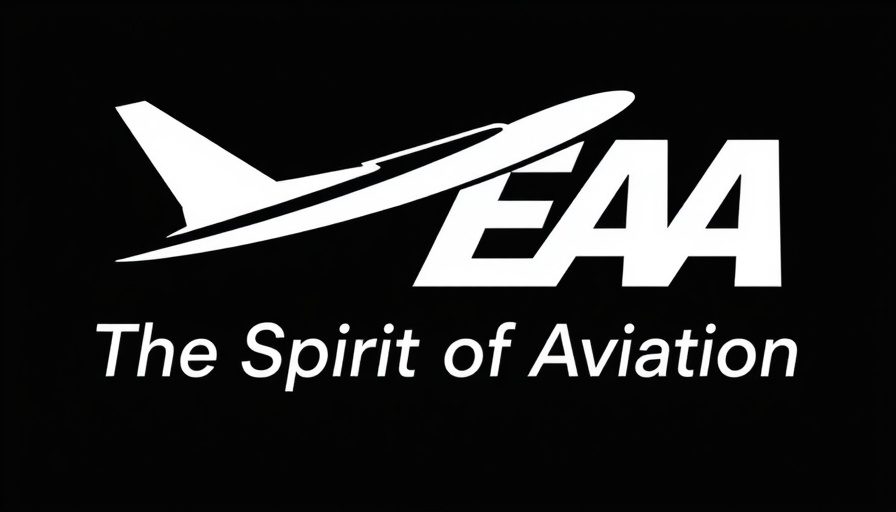
Celebrating a Milestone in Aviation
On May 26, 2025, young Sullivan Vande Voort marked a significant milestone in his aviation journey by completing solo flights in 13 different airplane types on his 16th birthday. This momentous achievement not only underlines Sullivan's dedication but also serves as a heartfelt reminder of the supportive aviation community he is part of. A third-generation pilot who began flying at the tender age of six, Sullivan’s love for aviation runs deep, proving that dedication and community can help young pilots soar to great heights.
The Exciting Journey of a Young Aviator
From the moment he could reach the rudder pedals, Sullivan has been logging flight hours. In celebration of his birthday, and with the support of his family-owned Classic Aviation, Sullivan aimed to fly more than 10 types of aircraft, eventually soloing in 13. Among the diverse planes Sullivan flew, which spanned decades of aviation history, was a 1940 Meyers OTW biplane that had once trained World War II pilots. This broad range gives insight into not only Sullivan's skills but also the richness of experiences available through flight schools.
Community Connections: A Legacy of Aviation
What makes this achievement even more poignant is the personal history tied to most of the aircraft he flew. Some of the planes are part of his family's business, while others were flown by family members or made available by mentors. For example, the beautiful RANS S-21 Outbound featured in EAA Sport Aviation magazine was provided by family friend Matt Hutchinson, who is currently battling a brain tumor. Sullivan's gratitude towards his mentors highlights the close-knit nature of the aviation community, which fosters connections that uplift aspiring aviators.
A Day of Celebration and Community
The day unfolded beautifully, with friends and family gathering at Pella Municipal Airport to witness Sullivan’s accomplishment. The presence of his mentor, Doug Rozendaal—an air show pilot who made a special trip to witness the event—added an extra layer of support. Doug's encouraging words further illustrated the impact of mentorship on young aviators. “It was amazing to watch him climb from one airplane to the next and grease them on consistently,” he remarked appreciatively. This day was not merely a personal milestone for Sullivan but a shared celebration of hard work and dedication within the aviation community.
Inspirations for Future Generations
Sullivan's story acts as an emblem of hope and inspiration for young aspiring pilots everywhere. “I hope this may inspire other young people to get involved in aviation,” he expressed, reflecting on the importance of having experienced mentors in his flight training. His perspective underscores the potential aviation holds for younger generations eager to chase their dreams and fulfill their aviation ambitions.
Reflecting on Hard Work and Accomplishments
As Sullivan embarks on his aviation career, he carries with him a valuable lesson: if you work hard, challenging aspirations can indeed be achieved. This sentiment rings particularly true in today's fast-paced world where aspirations can sometimes feel just out of reach. Sullivan’s journey emphasizes persistence and camaraderie, both integral to success in any field. As he looks to the future, both he and his mentors can take pride in this achievement and the community that nurtured it.
A Call to Action for Aspiring Aviators
As we celebrate the accomplishments of young aviators like Sullivan, it’s a perfect moment for aspiring pilots to consider jumping into the cockpit themselves. Local flight schools and aviation programs offer opportunities to start your own journey, whether through structured lessons or community events. The path of an aviator awaits—take the leap and get involved!
 Add Row
Add Row  Add
Add 




Write A Comment